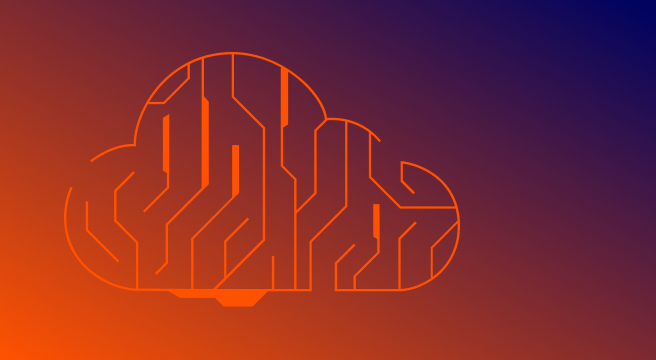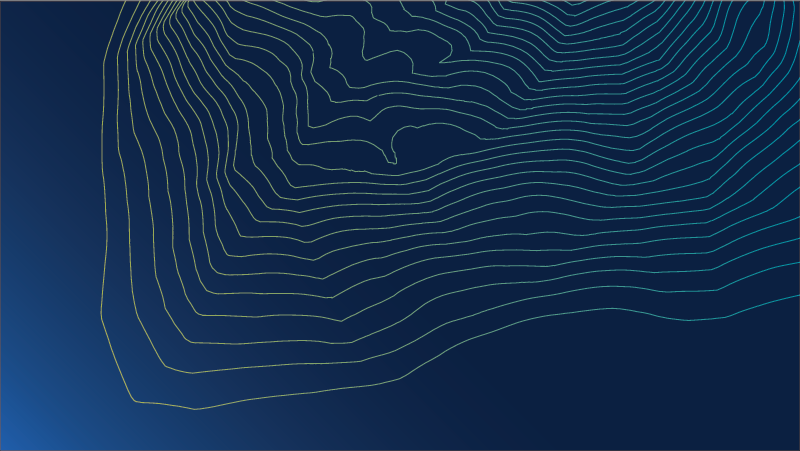4.How cloud security works
Continuous risk management is the heart of cloud security. It ensures you use the most effective safeguards at each cloud layer alongside automated systems that adapt when your environment changes.
In terms of how cloud security works, it’s more than just managing who can access what in the cloud. It goes deeper than assigning roles. You need to see the full picture:
-
What data are people accessing?
-
How frequently are they doing it?
-
Where are they connecting from?
-
Why do they need access?
-
How long do they need access?
To do this most effectively, you should use just-in-time (JIT) access, least privilege enforcement, zero trust and real-time entitlement reviews.
It’s also important to remember that your sensitive cloud data doesn’t just live in databases. It flows between services, containers, functions and SaaS apps. You need encryption at rest and in transit and policy controls to stop data leaks. Data security posture management (DSPM), for example, gives you insight into where your sensitive data is and if you’ve properly secured it.
Although the cloud helps you scale, it also multiplies misconfigurations. However, you can use policy-as-code, infrastructure-as-code (IaC) scanning and security posture management tools to proactively catch drift, flag risky defaults and enforce guardrails.
Today’s cloud environments have evolved well beyond virtual machines (VMs). Now, you’ve got Kubernetes and containers, Lambda functions and more. You have to protect all of them.
These resources spin up fast, work briefly, and then disappear. That’s why traditional vulnerability scanning doesn’t work. Instead, you need agentless runtime monitoring to get holistic visibility into your workloads as they move through development, testing and production.
Real-time monitoring is important here. But you need to consider more than logs. You must also monitor APIs and behavior baselines to spot suspicious behaviors. Orchestration with system information and event management (SIEM) and security, orchestration and response (SOAR) systems, and detection pipelines ensure the right teams can respond quickly to limit breach impact and speed up response and recovery.
Your cloud security tools should prioritize risks based on context (business impact, exposure, exploitability and asset criticality), route them into your workflows (like Jira or ServiceNow) and validate that your fixes actually work.






